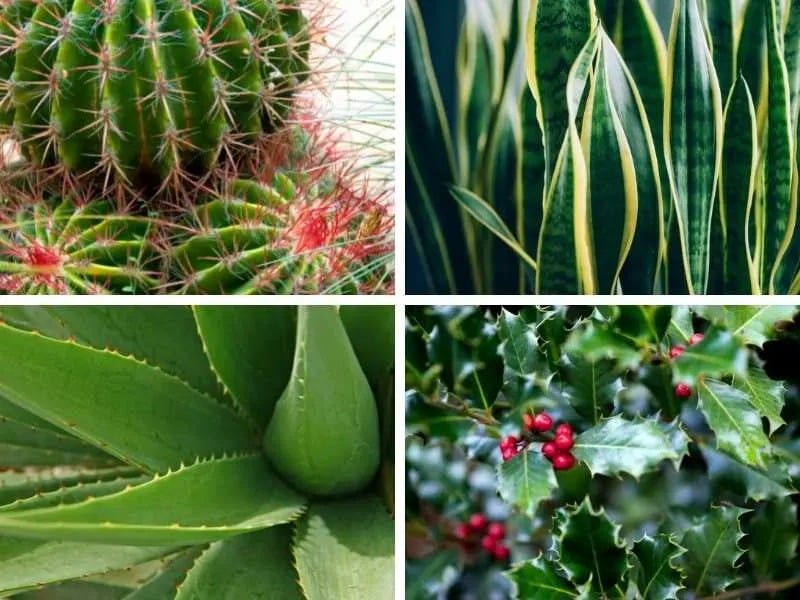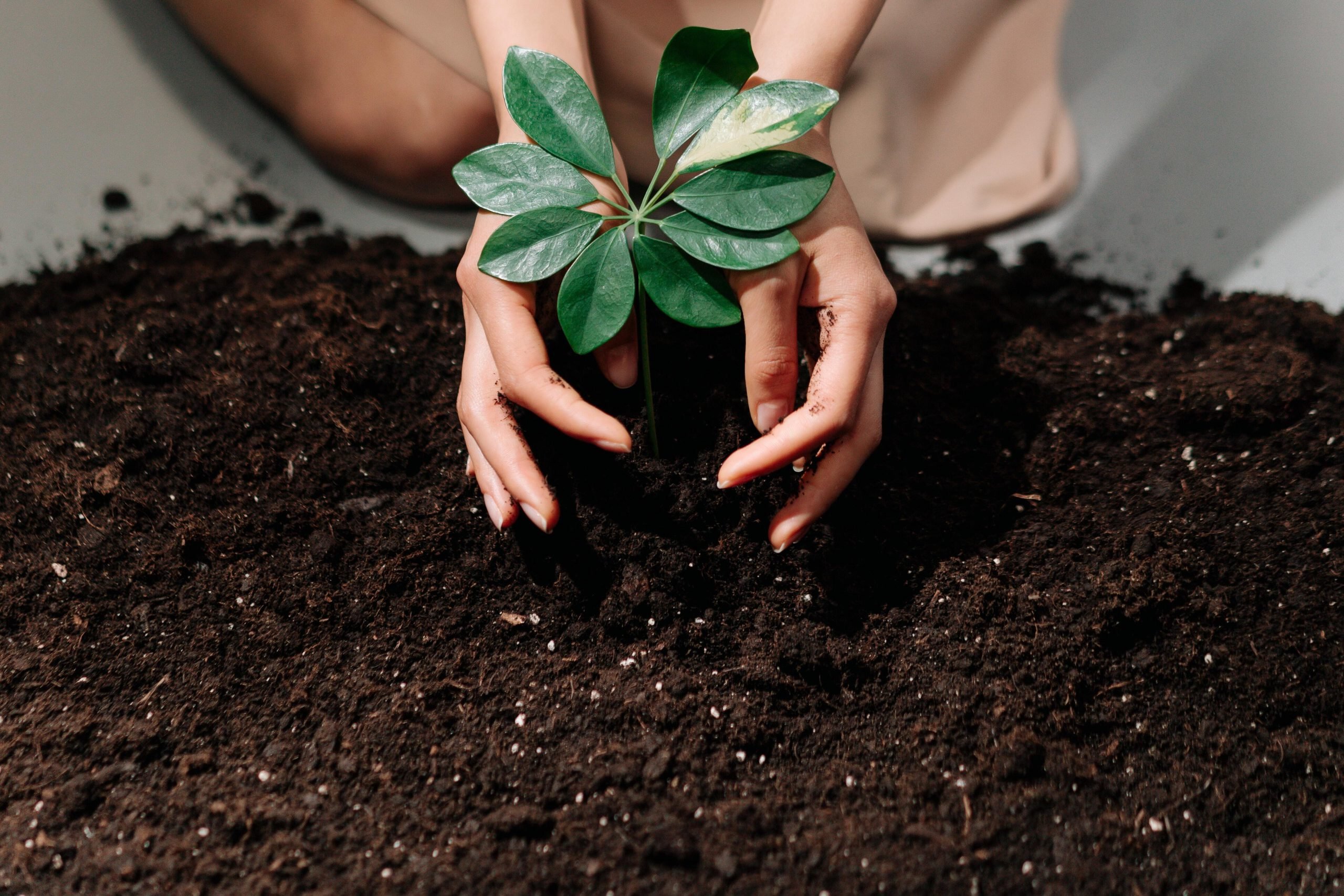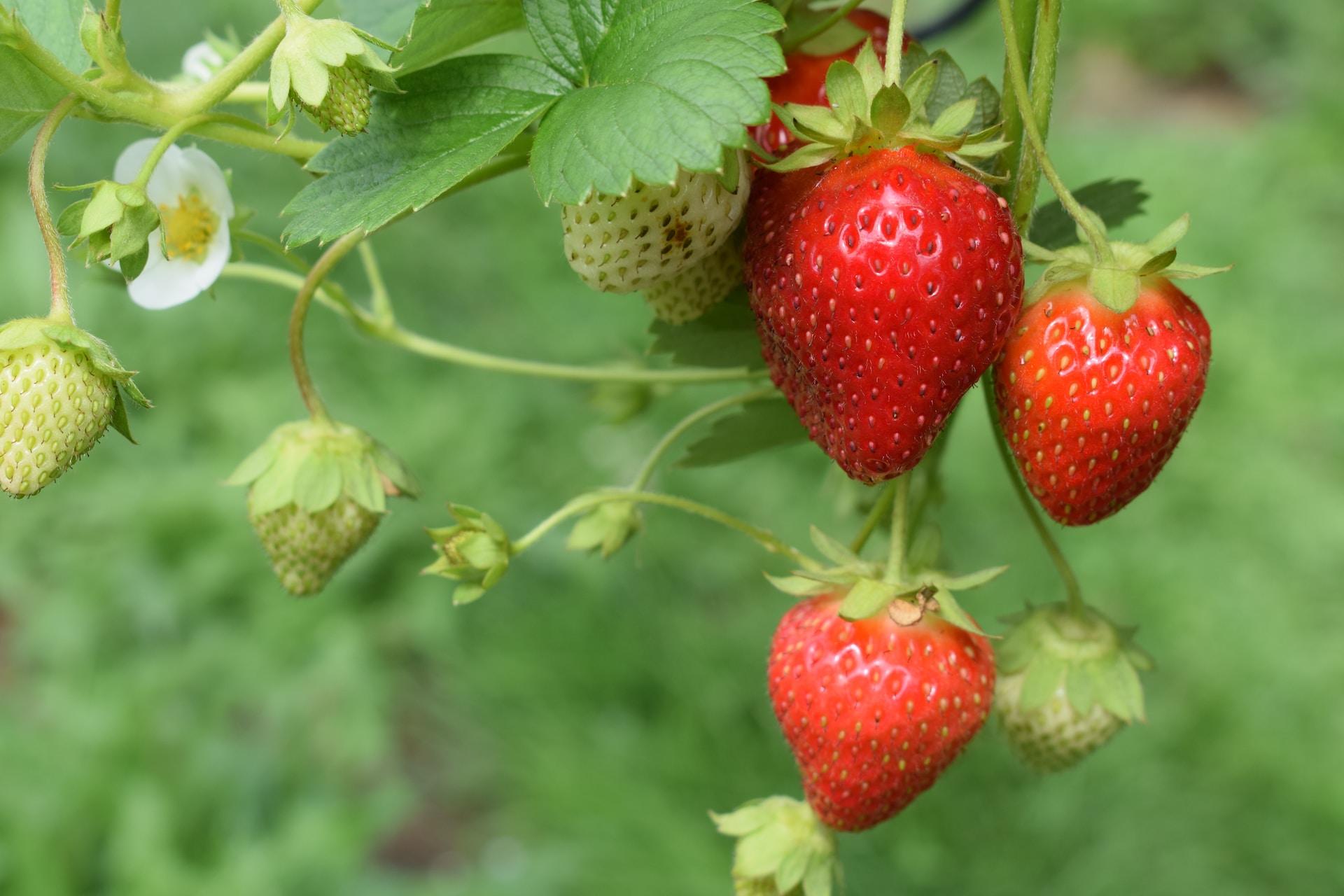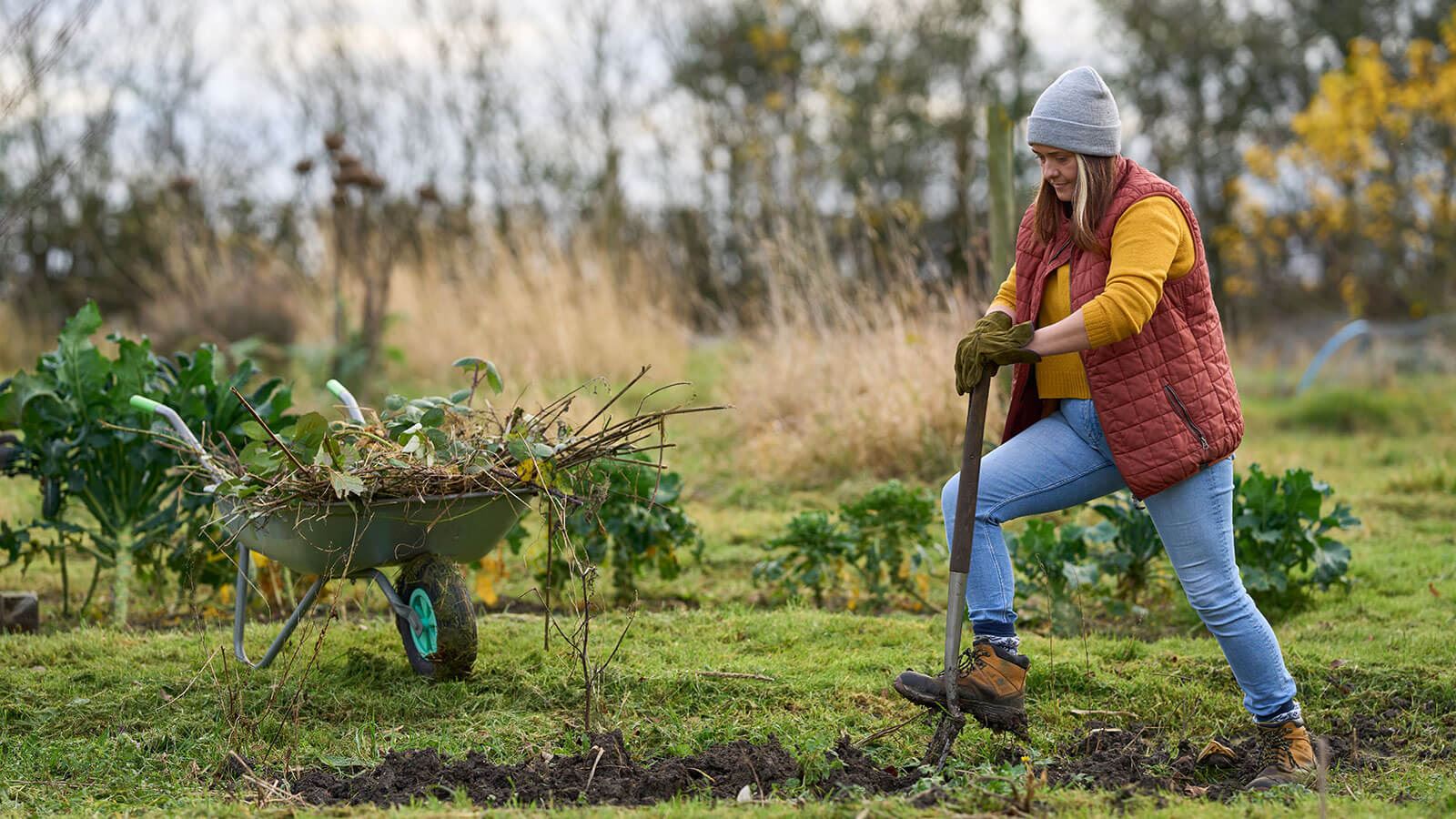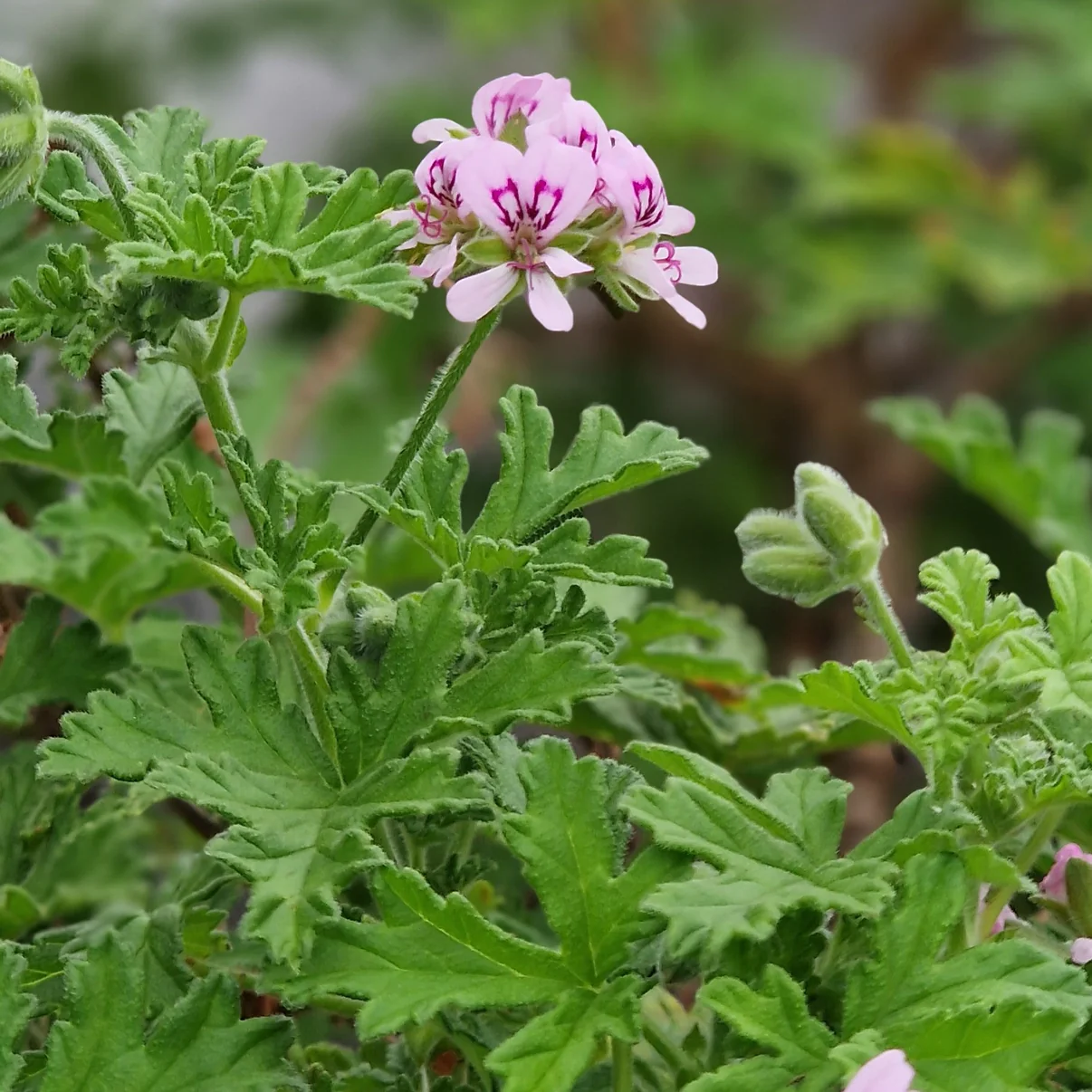What Are The Signs of Root Rot?
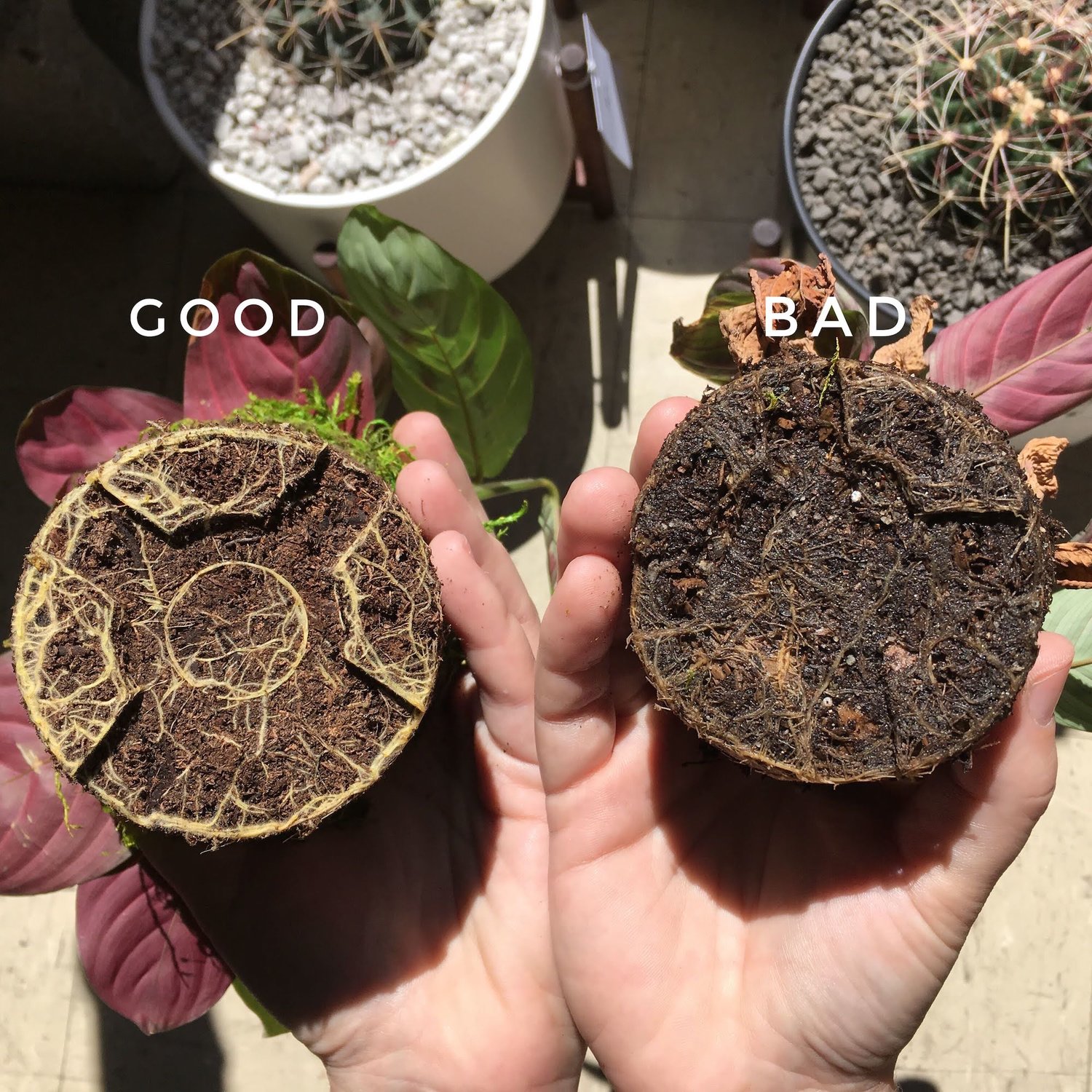
Table of Contents
Plants are the most important living beings on this earth. We all know why. However, taking care of a plant is similar to taking care of a baby. You can totally relate to this statement if you are a parent or a plant parent. Plants go through several issues.
Similarly, a plant goes through problems with azaleas in pots. Potted plants are more likely to die early if not treated well. Rotting of the roots, if not treated in time, can destroy the whole mechanism of the plant. It is the brain of the plants.
However, at times, it becomes somewhat difficult to identify the problem with your plant. Is it really root rot or some other problem? Well, you don’t have to worry about it anymore, as we have got it covered for you.
We have mentioned major signs of root rot and what causes it, along with other necessary details. So tune in to know everything in detail.
What is Root Rot, and What Causes It?
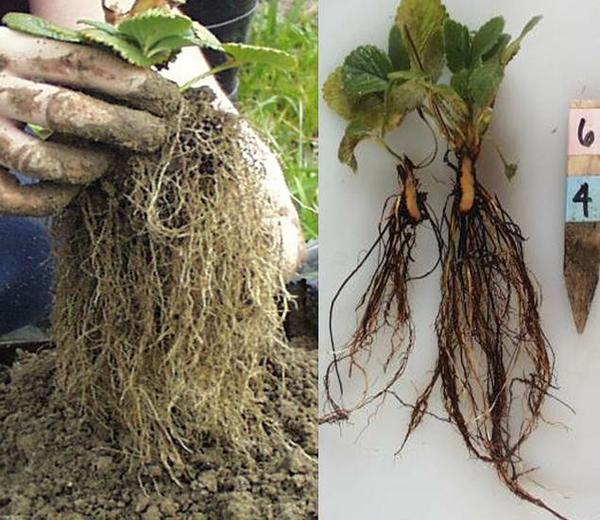
So root rot is basically a common disease that primarily affects the roots of the plant or growing trees in areas with excessive amounts of water. Moreover, it leads to cut short the lifespan of the plant. Also, it is more likely to spread rapidly throughout the whole plant. If not treated immediately, then your plant will die soon.
If we talk about what causes this fatal disease, then as mentioned above, excessive moisture causes root rot. When the soil remains too wet for extended periods, it creates the perfect conditions for fungi like Rhizoctonia and Phytophthora to thrive.
These fungi attack the plant’s roots, hindering their ability to absorb water and nutrients. Poor drainage, overwatering, or using soil that doesn’t allow proper aeration can all contribute to the development of root rot, so it’s essential to maintain the right balance of moisture for healthy plants.
What are the Signs and Symptoms of Root Rot?
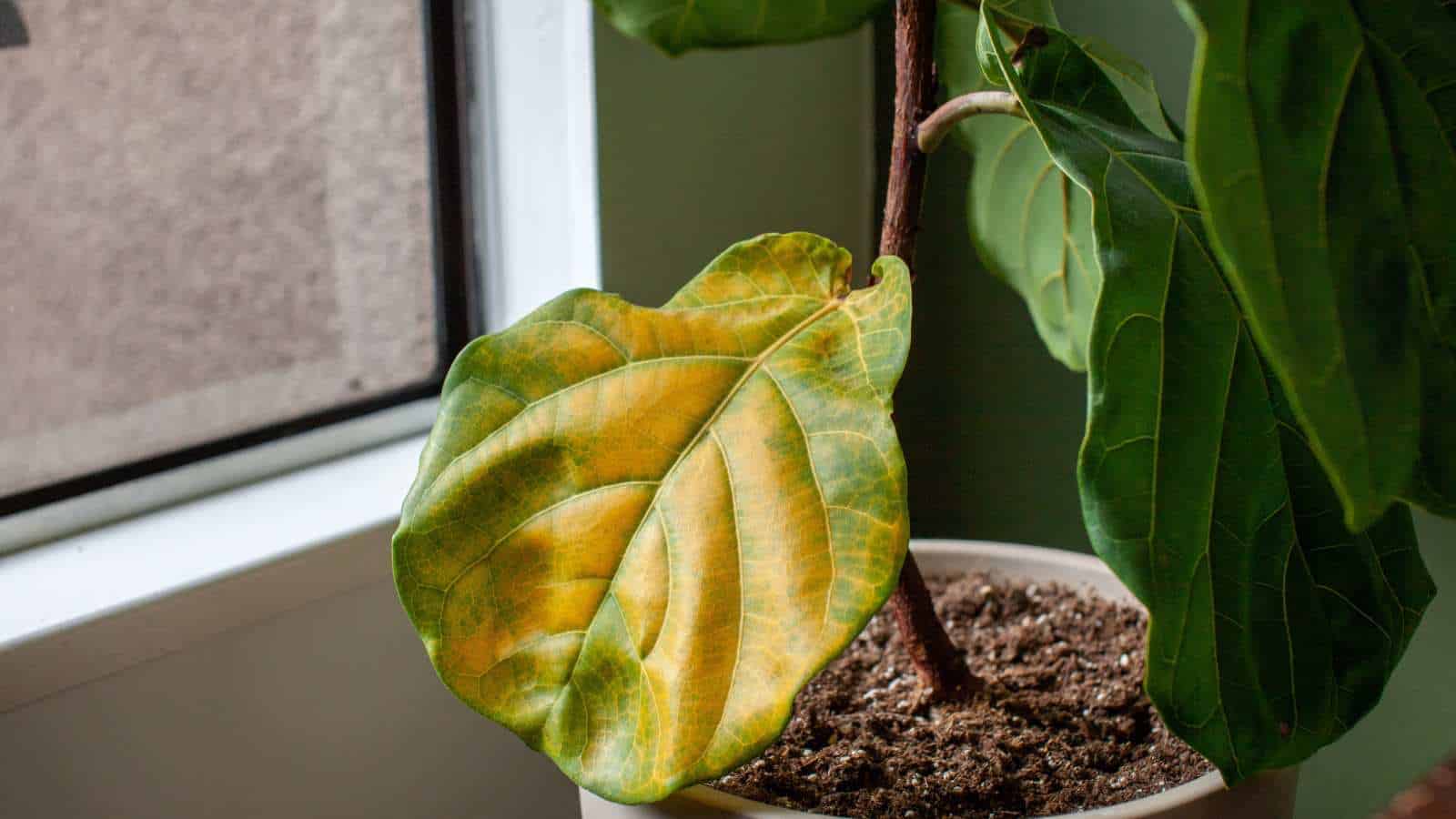
Identification of root rot can be the most basic and most important step to protect your plant’s life. However, your plants start showing signs and symptoms when their roots are unhealthy. You can spot the signs above the ground. Below, we have mentioned all the symptoms.
- Yellowing or wilting leaves
- Poor growth
- Reduction in leave size
- Thinning of the canopy
- The roots may become dark, mushy,
- When checked, the roots may emit a foul odor
If you observe these warning signs, it’s crucial to act swiftly by improving drainage, reducing watering, and, in severe cases, pruning affected roots to save your beloved plants from root rot’s grasp.
How to Manage and Prevent Root Rot?
While root rot can be devastating, there are several steps you can take to manage and prevent it:
- Remove Infected Plants: If you confirm that a plant is suffering from root rot, it’s best to remove it from your garden or indoor space immediately. Dispose of the infected plant properly to prevent the fungus from spreading to healthy plants.
- Improve Drainage: Poor drainage is a common cause of root rot. Ensure that your plants are in well-draining soil or containers with drainage holes. Avoid overwatering, which can create conditions conducive to the disease.
- Water Wisely: Water your plants at the base, rather than overhead, to keep foliage dry. Watering in the morning allows excess moisture to evaporate during the day, reducing the risk of fungal growth. Use a soaker hose or a drip irrigation system for more precise watering.
- Sterilize Equipment: If you suspect root rot in one plant, avoid using the same gardening tools or pots for other plants without sterilizing them first. This helps prevent the spread of the fungus.
- Select Resistant Plant Varieties: Some plant species and varieties are more resistant to root rot than others. Research and choose plants that are less susceptible to the disease for your garden.
- Fungicide Treatment: If caught early, you can try treating root rot with a suitable fungicide. Follow the product’s instructions carefully and be persistent with applications.
- Aerate Soil: Occasionally, aerating the soil around your plants can help improve oxygen circulation and reduce the risk of fungal diseases like root rot.
- Practice Crop Rotation: If you’re growing plants in the same area year after year, consider rotating your crops. This can help break the cycle of root rot and other soil-borne diseases.
- Monitor Plant Health: Regularly inspect your plants for signs of stress or disease. Early detection and action are crucial in preventing the spread of root rot.
Conclusion
Root rots are a very common occurrence when it comes to pests and diseases. However, there are always some measures to protect your precious plants. All you need to do is be observant and follow all those necessary measures to protect your plants and prevent them from rotting. Also, be active in identifying and addressing the issue of practicing good gardening habits.
Especially when you have potted plants, you need to be extra cautious as they are more likely to be attacked by root rot. If you take care of your plants, then you can enjoy healthier and more vibrant plants in your garden or indoor space.
Remember that a little care and attention can go a long way in preserving the beauty and vitality of your cherished plants. Give your plant a little extra care, and you will have a beautiful space to flaunt among your peeps.

